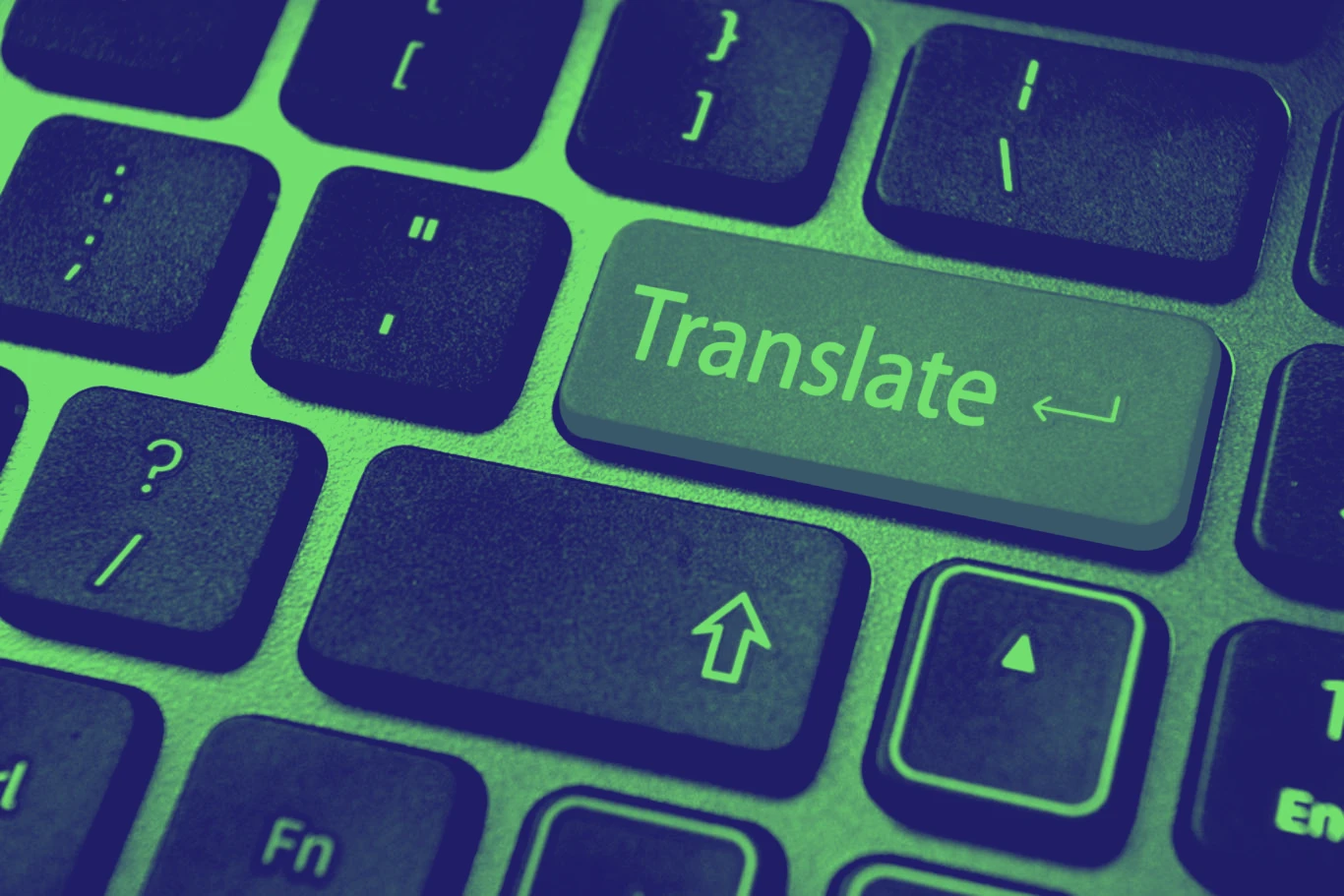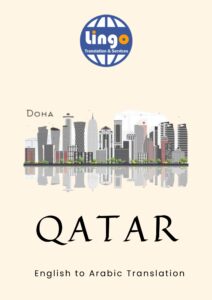Making Communication Simple: Translating in Plain Language
Introduction
It is no longer news that communication is critical in our society. However, communication extends beyond verbal exchanges; it envelops all forms of interaction, engagement, and information dissemination. Effective communication is fundamental to any organization, irrespective of the sector. It is the lubricant that keeps the machinery of human interaction running smoothly. One of the significant problems that impede effective communication lies in the way information is relayed or received. Often, incredibly vital information is lost in translation due to unnecessary complexities and jargon-filled sentences. What is the solution to this problem? Plain language.
In this article, we aim to immerse you in the essence of translating complex ideas and information into plain language, thus making communication simple and approachable. We’ll address the commonly mistaken idea of using plain language to dumb down information and offer strategies for implementing plain language effectively.
What is Plain Language?
Plain language, occasionally referred to as plain English, is a style of writing that enables the recipient to understand the message at first reading fully. It emphasizes simplicity, clarity, and brevity, eliminating unnecessary complexity and technical jargon. Instead of over-complicating its approach, plain language focuses on the reader or listener, ensuring their comprehension is guaranteed.
The Importance of Plain Language
1. Increases Understanding:
Plain Language ensures that your audience immediately understands your message. Your audience can range from clients to colleagues, superiors to subordinates, stakeholders to the general public. By using plain language, you increase comprehension, response time, and accuracy – saving time and resources for everyone involved.
2. Fosters Inclusivity:
It welcomes a broader audience, including people with different literacy levels, non-native speakers, and those with cognitive challenges. This is critical as inclusivity gains more recognition in our diverse society.
3. Enhances Credibility:
Using plain language shows respect for your audience’s time and intellect. It conveys that you are confident enough to express your ideas simply and clearly without hiding behind complex jargon. This simplicity and straightforwardness can improve your credibility and build trust.
4. Promotes Engagement and Collaboration:
When your message is easily understood, people are more likely to engage with your content, contribute their thoughts, and take the required action.
The Art of Translating Complex Ideas into Plain Language
The process of translating intricate information into plain language requires a mix of dedication, intuition, and technical skill. Here are five top strategies:
1. Identify your audience:
You must understand your audience to communicate effectively. Consider their level of familiarity with the subject, their language proficiency, and their cultural background. This will guide your vocabulary, sentence structure, and presentation style choice.
2. Use Active Voice:
The active voice is direct, concise, and easy to understand. Instead of saying, “The paper was read by me,” say, “I read the paper.” It promotes clarity and makes the sentence more relatable to the reader or listener.
3. Avoid Jargon:
Try to eliminate any technical terms. If the jargon is unavoidable, ensure you concisely understand these terms. Remember, the aim is to be clearly understood, not to impress with your grasp of complex terminology.
4. Use everyday words:
Always opt for simple, familiar words with fewer syllables. Instead of “utilize,” use “use.” This way, your message is easier to understand, and the flow of reading or listening is maintained.
5. Laser-focused Sentences:
Keep your sentences straight to the point. If you have multiple ideas, it is often better to use separate sentences rather than complicating a single sentence.
Incorporating Plain Language: Communicating Business and Beyond
Plain language remains an indispensable tool as we navigate the intricacies of entrepreneurship, policymaking, public relations, and digital communications.
In business, employers can use straightforward language to clearly state expectations or provide instructions to their employees, eliminating misinterpretation.
For official communicators, adopting plain language in public documents, regulations, and directives ensures that the general comprehends their rights, obligations, or benefits in the first reading.
In a digital context, web developers and content creators can embrace plain language to improve web accessibility and usability, including those with cognitive disabilities. In all of these situations, simple language serves as a bridge that connects diverse groups of people, fostering effective communication.
Riding on the success stories of enormous corporations like Apple Inc., successful entrepreneurs, and authors have also adopted plain language. From user manuals to best-selling self-help books, simple language can reach a vast audience, increasing engagement and simplifying understanding.
Conclusion
In sum, plain language or communication, in simple terms, is the key to connecting with a broader audience, making your information accessible and your message comprehensible. It eliminates potential confusion, encourages inclusivity, promotes engagement, and fosters trust. Therefore, translating complex ideas into plain language is not diluting factual content but a potent tool for guaranteeing productive communication.
Incorporating plain language may demand conscious effort, patience, and learning, but the rewards are immense. The need for clear, concise, and efficient communication is universal. As such, plain language should be critical in our communication endeavors.





